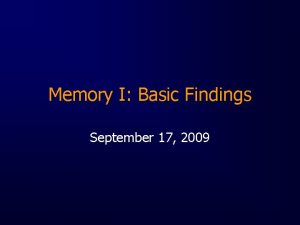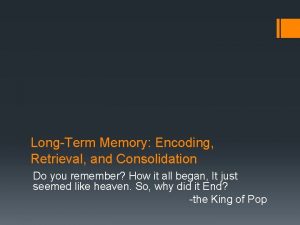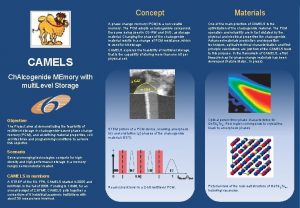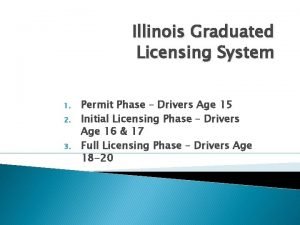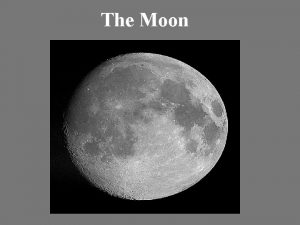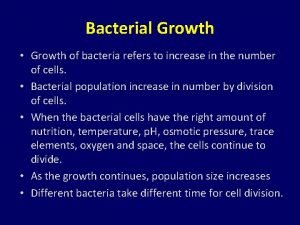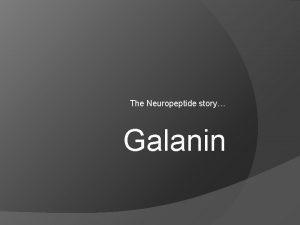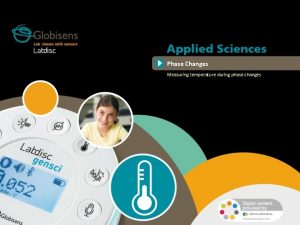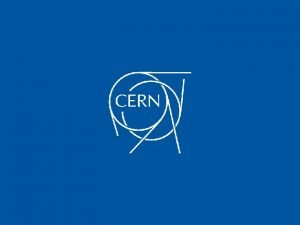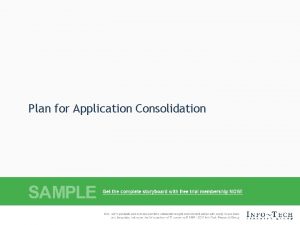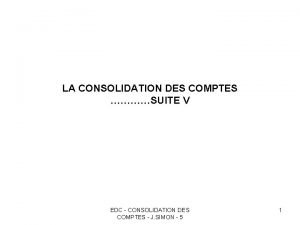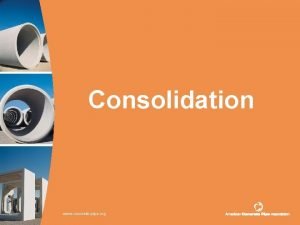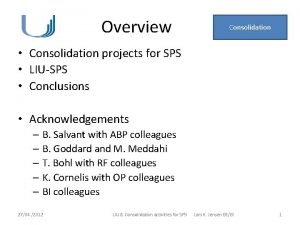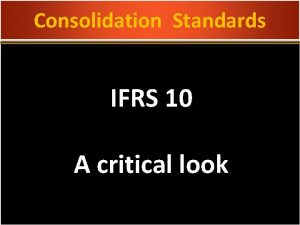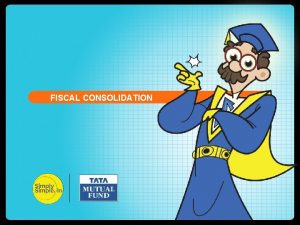Neuropeptide S Enhances Memory During the Consolidation Phase























- Slides: 23


Neuropeptide S Enhances Memory During the Consolidation Phase and Interacts with Noradrenergic Systems in the Brain Okamura et. al. Presented by: Justin P. Smith

Intro • Learning: acquisition, consolidation and retrieval • Inhibitory avoidance (IA) • Object recognition task • NPS precursor transcripts in NA LC – Attention, arousal, stress & memory

Intro cont. • Role of NPS in aversive (IA) & non-aversive memory tasks (obj recog) • NPSR KO to assess endogenous NPS signaling • NPS systems interaction with noradrenergic (NA) system in memory consolidation

Xu et. al. 2004 • Characterized NPS • NPS (icv) ↑ locomotor activity & wakefulness • NPS (icv) increased anxiolytic-effect (open field, Light-Dark box, EPM, marble burying) • Identified neurons adjacent to NA LC that express NPS

Fig 4 Xu 2004 Rat Brain Schematic Representative autoradiogram of NPS m. RNA expression in LC area

Fig 8: NPS produces dosedependent anxiolytic-like effects in C 57 Bl/6 mice

Duangdao et. al. 2009 • NPSR knockout mice • NPSR KO 12956 l/Sv. Ev. Tac – ↓ arousal – ↓ exploration in novel environment – ↑ anxiety-like behavior – ↑ motor skills performance (rotorod)

Fig 4: NPSR KO mice display increased levels of anxiety-like behaviors

Main Paper • Male C 57 Bl/6 mice & NPSR KO 12956 l/Sv. Ev. Tac • 12 hr light/dark, lights on: 0600 • icv injections into lateral ventricle – Verified histologically • Behavioral tests – IA, Hot-plate Analgesia, Novel object recognition – draw

Fig 1: Dose- and time-dependent enhancement of inhibitory avoidance (IA) memory by neuropeptide S (NPS) Copyright © 2011 American College of Neuropsychopharmacology

Fig S 1: Effect of NPS on acquisition and retrieval of IA memory (A) NPS does not appear to modulate memory acquisition (B) NPS appears to attenuate memory retrieval, effect may likely be confounded by the acute anxiolytic properties of NPS

Fig 2: Long-term memory deficits in neuropeptide S receptor (NPSR) knockout (KO) mice Copyright © 2011 American College of Neuropsychopharmacology

Fig S 2: No nociceptive difference

NA system and memory • Activation of β-adrenergic receptors (Gs) can ↑ memory consolidation in IA • Blockade of adrenergic receptors prevents consolidation of aversive memory • Propranolol- β-adrenergic receptor antagonist – i. p. injection post training, 1 nmol i. c. v. NPS 15 min later • IA measured 48 hrs later

Fig 3: Propranolol blocks neuropeptide S (NPS)-induced memory enhancement, adrenergic system helps mediates NPS induced ↑ of aversive memory Copyright © 2011 American College of Neuropsychopharmacology

Novel object • Neutral memory task • Fig 4 C 57 Bl/6 – 1 nmol NPS i. c. v. 5 min post training (or vehicle) – Vehicle treated unable to discriminate between objects 48, 96 or 168 h

Fig S 3 Fig 4: Neuropeptide S (NPS) enhances novel object recognition Copyright © 2011 American College of Neuropsychopharmacology

Modified Novel Object • NPSR KO 12956 l/Sv. Ev. Tac favored one object over another identical object in test trials – Novel object (A or B) – Novel place • A in same or different corner – Novel context • 2 different contexts • AA (context 1) or BB (context 2) or AB’ (different context)

NPSR KO have novelty induced fear (Duangdao 2009) Fig 5: Impairment of object recognition memory in NPSR KO mice Copyright © 2011 American College of Neuropsychopharmacology

Take Home • Pharmacological & genetic evidence that NPS functions as a memory enhancer – NPS signaling time and dose dependent, acting during consolidation phase – Retrieval of IA memory ↑ by NPS (possibly by anxiolytic effects) – Results independent of emotional content (IA vs novel object) • Novel context recognition, NPSR KO mice unable to discriminate between objects

Take home cont. • NPS signaling dose and time dependent – Enhance LTM • NPSR KO have deficits in LTM • NPS ↑ prolonged arousal that ↑ memory recall • Once consolidated NPS unable to modify memory traces • NPS acts similarly/in conjunction to NA system for memory formation

Thank You
 Memory encoding vs consolidation
Memory encoding vs consolidation Memory encoding vs consolidation
Memory encoding vs consolidation How border enhances the readability of a worksheet
How border enhances the readability of a worksheet Broad phase vs narrow phase
Broad phase vs narrow phase M tswett pronunciation
M tswett pronunciation Power formula three phase
Power formula three phase Mobile phase and stationary phase
Mobile phase and stationary phase Chromatography mobile phase and stationary phase
Chromatography mobile phase and stationary phase Chromatography means
Chromatography means Phase to phase voltage
Phase to phase voltage Normal phase vs reverse phase chromatography
Normal phase vs reverse phase chromatography Normal phase vs reverse phase chromatography
Normal phase vs reverse phase chromatography Phase change memory
Phase change memory Clos criteria formula
Clos criteria formula Imperative statement in assembler
Imperative statement in assembler Initial licensing phase
Initial licensing phase 4 phases of the moon
4 phases of the moon What is the phase of the moon during a lunar eclipse
What is the phase of the moon during a lunar eclipse During the lag phase, bacteria are
During the lag phase, bacteria are Semantics prototype
Semantics prototype Primary memory and secondary memory
Primary memory and secondary memory Virtual memory in memory hierarchy consists of
Virtual memory in memory hierarchy consists of Difference between implicit and explicit memory
Difference between implicit and explicit memory Physical memory vs logical memory
Physical memory vs logical memory
